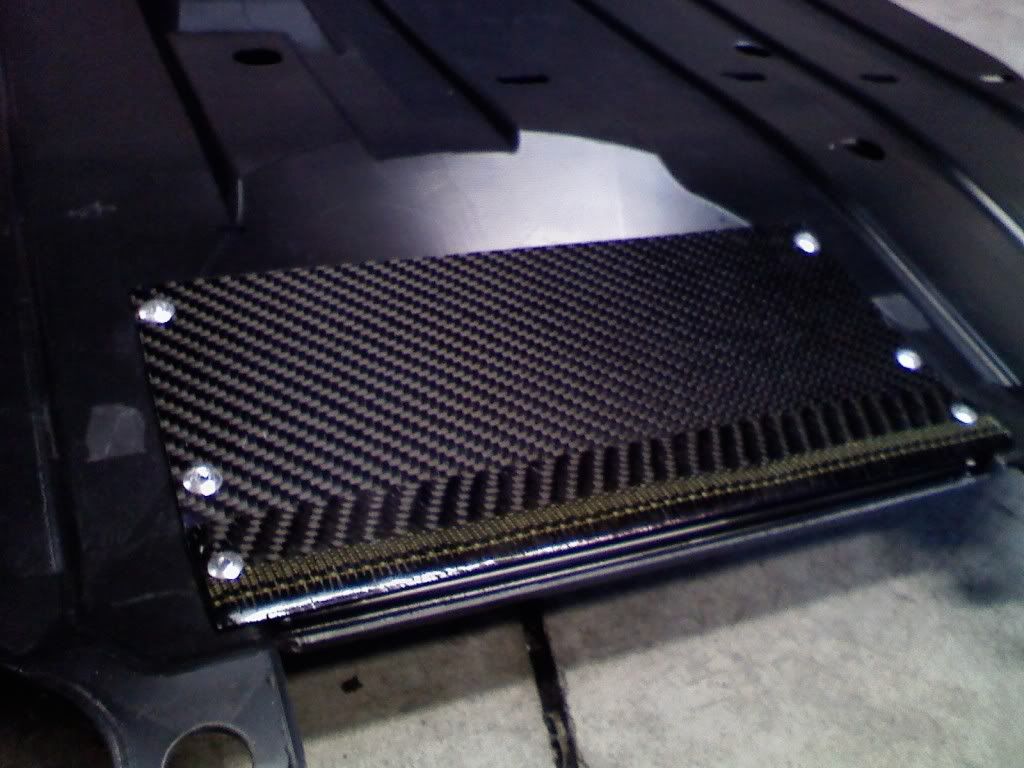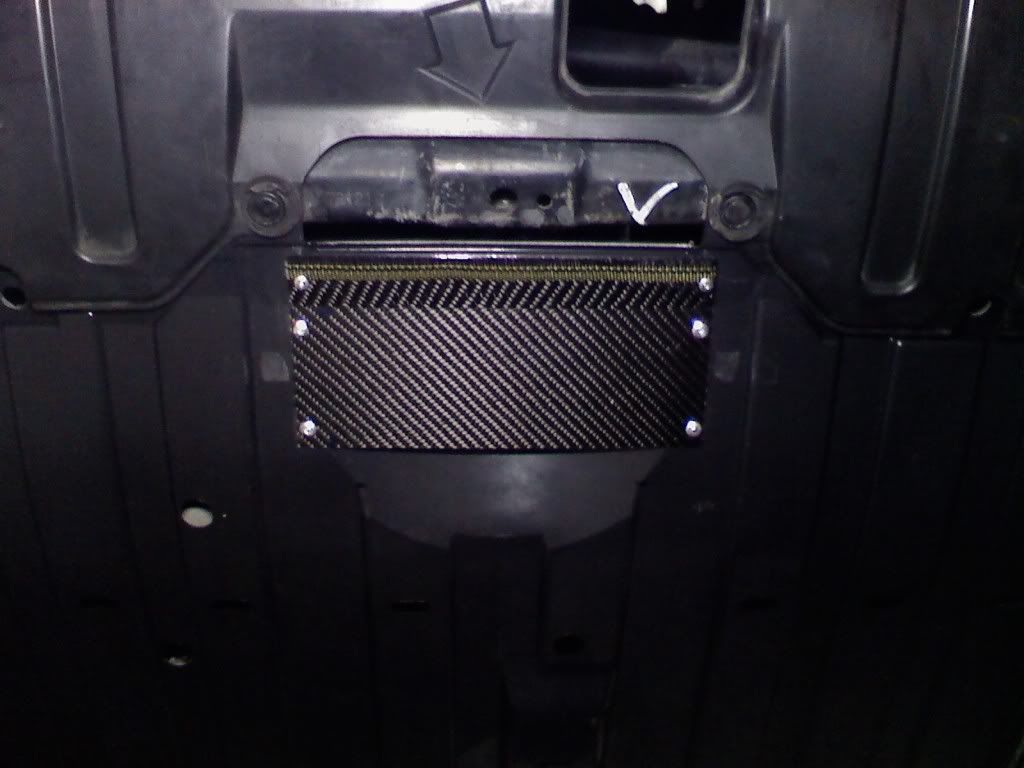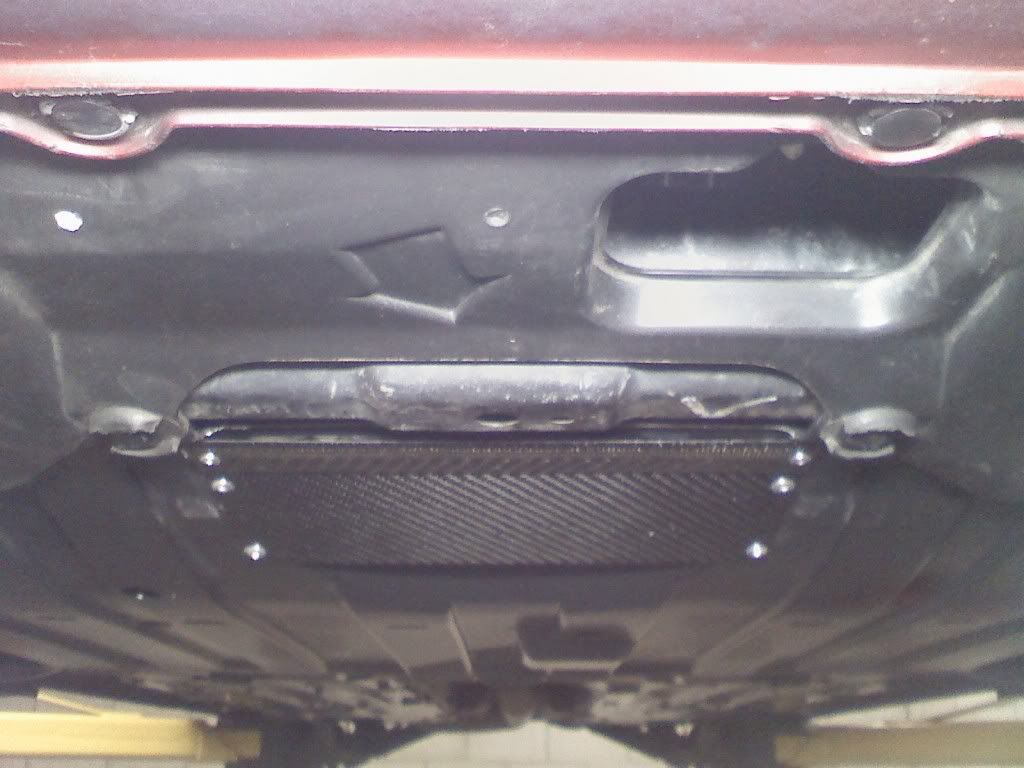just thought id share something pretty cool that i have been running on my car for a while. i came across this when i did a oil change on a civic hybrid and saw how it cheats the wind, and thought id apply it to my Si. i did have to drill 6 holes to secure some of the clips and cut a hole to allow the K20 oil pan to clear but other than that it fits great.
![Image]()
![Image]()
![Image]()
![Image]()
![Image]()
EDIT: these are the new hybrid bolts you will need to secure the rear panels together
![Image]()
![Image]()
compared to the stock Si one.
![Image]()
10-15-10 edit: the pictures up top highlight a hole that needed to be cut to clear the K20 oil pan. i made a cover out of scrap carbon fiber to clear the oil pan and cover the oil pan.
![Image]()
![Image]()
![Image]()

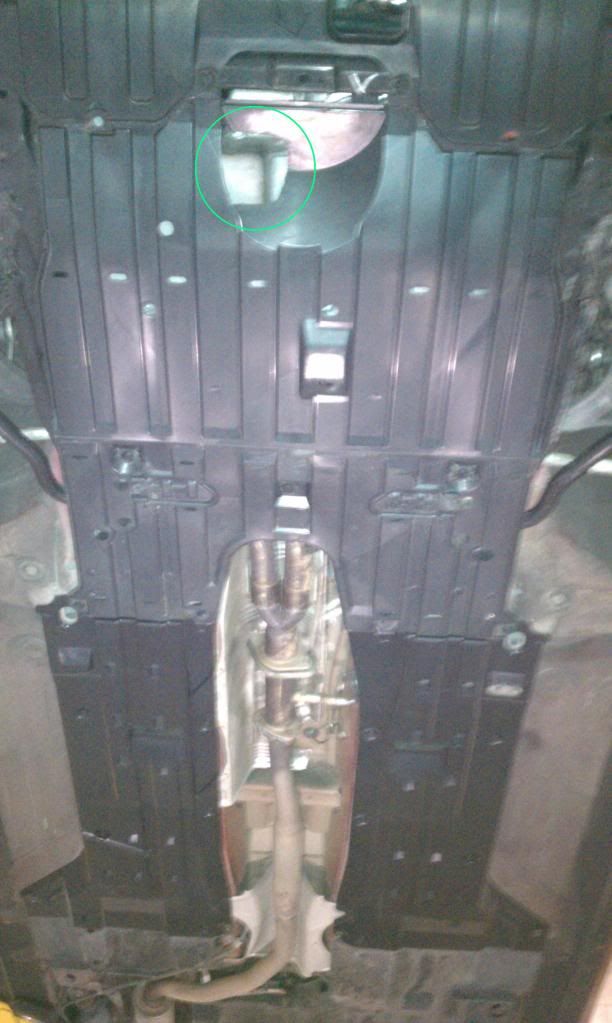
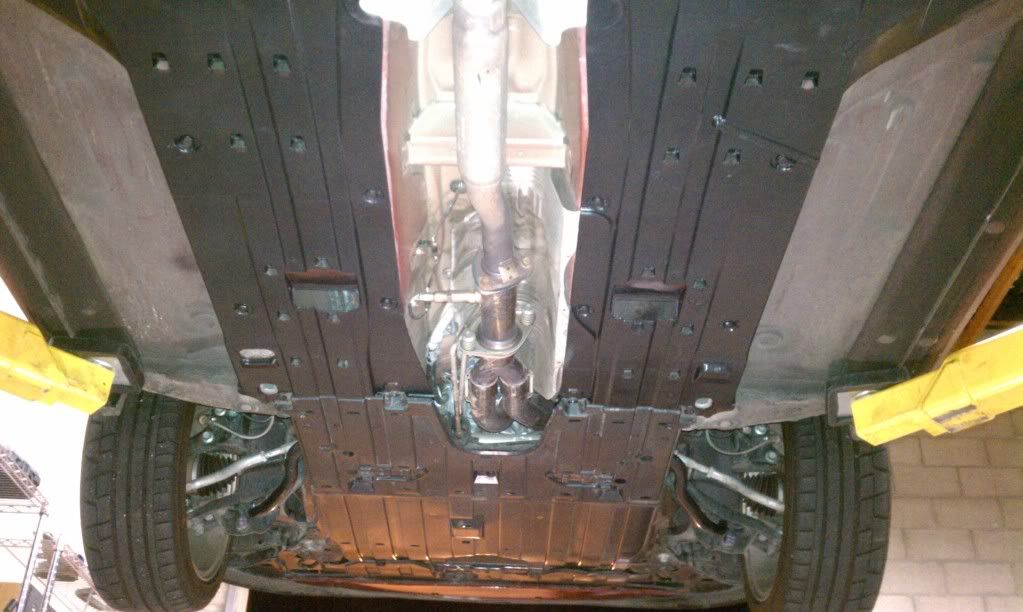
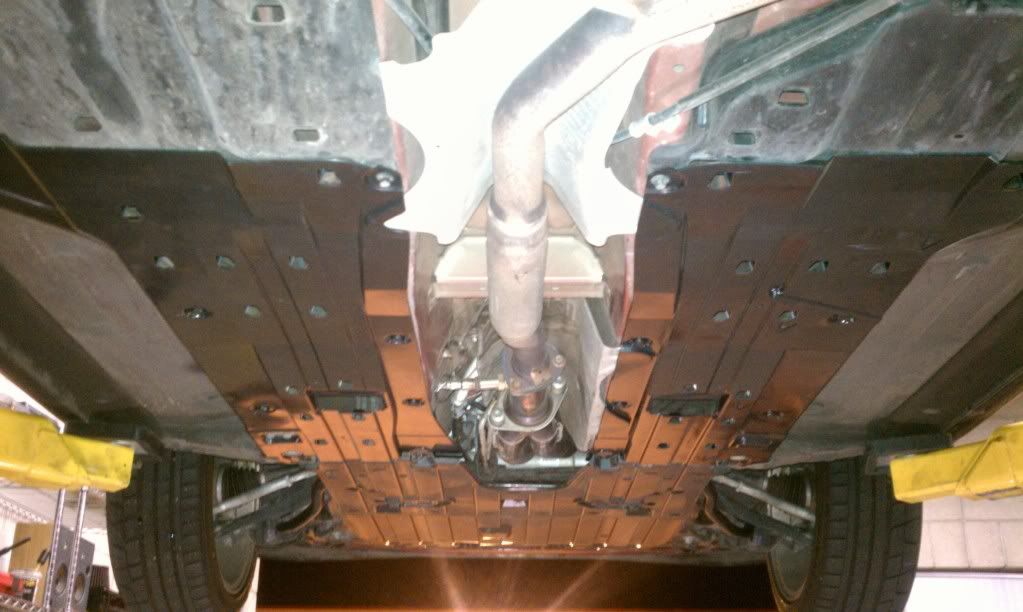
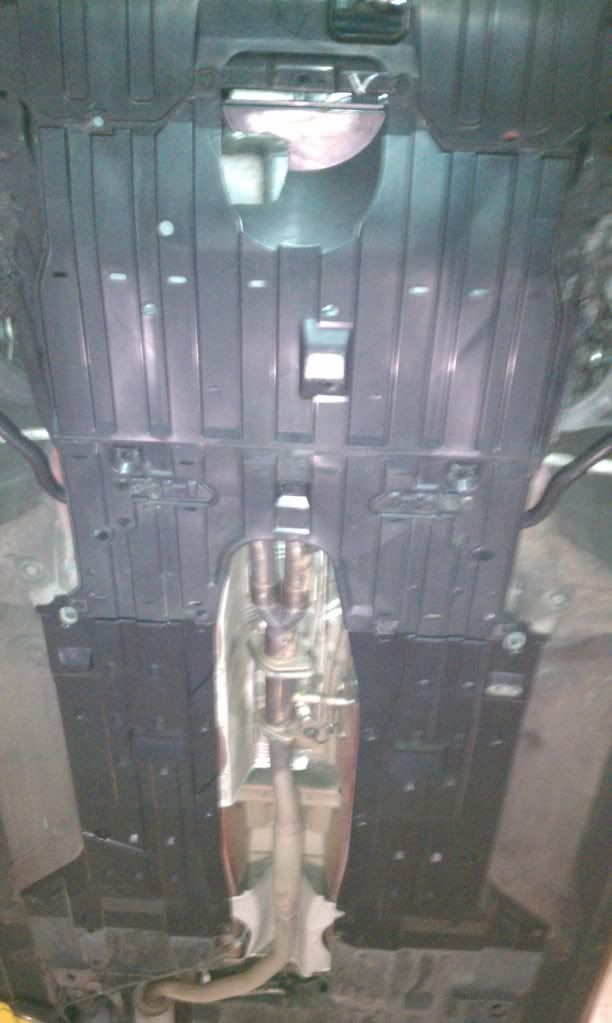
EDIT: these are the new hybrid bolts you will need to secure the rear panels together

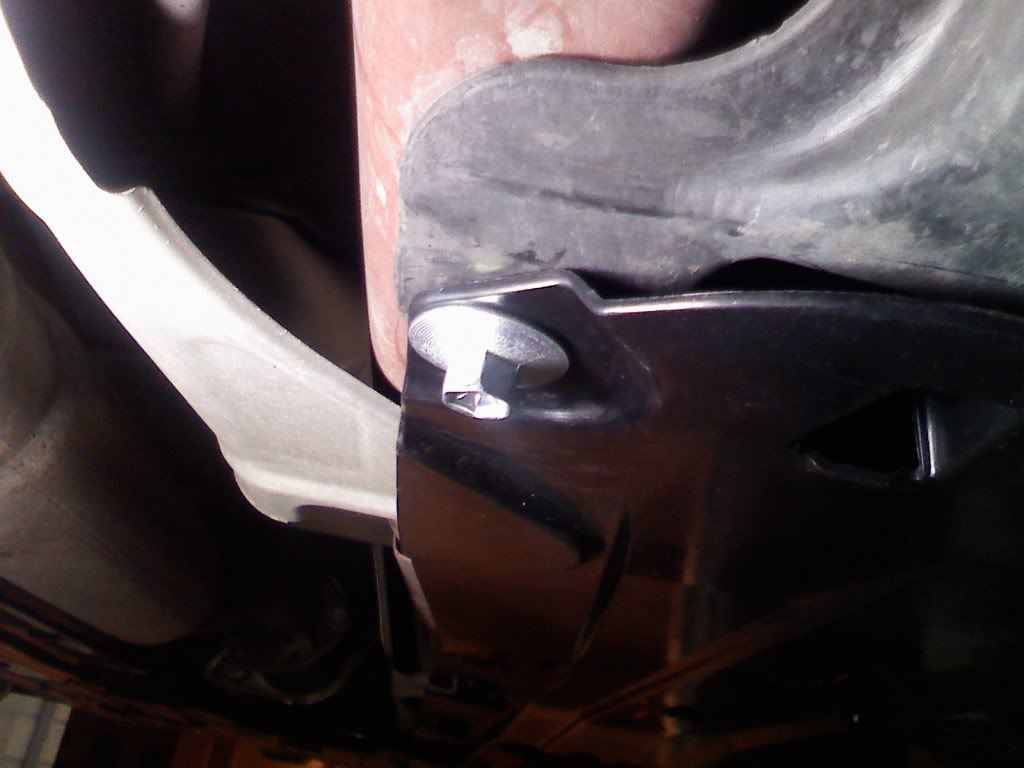
compared to the stock Si one.
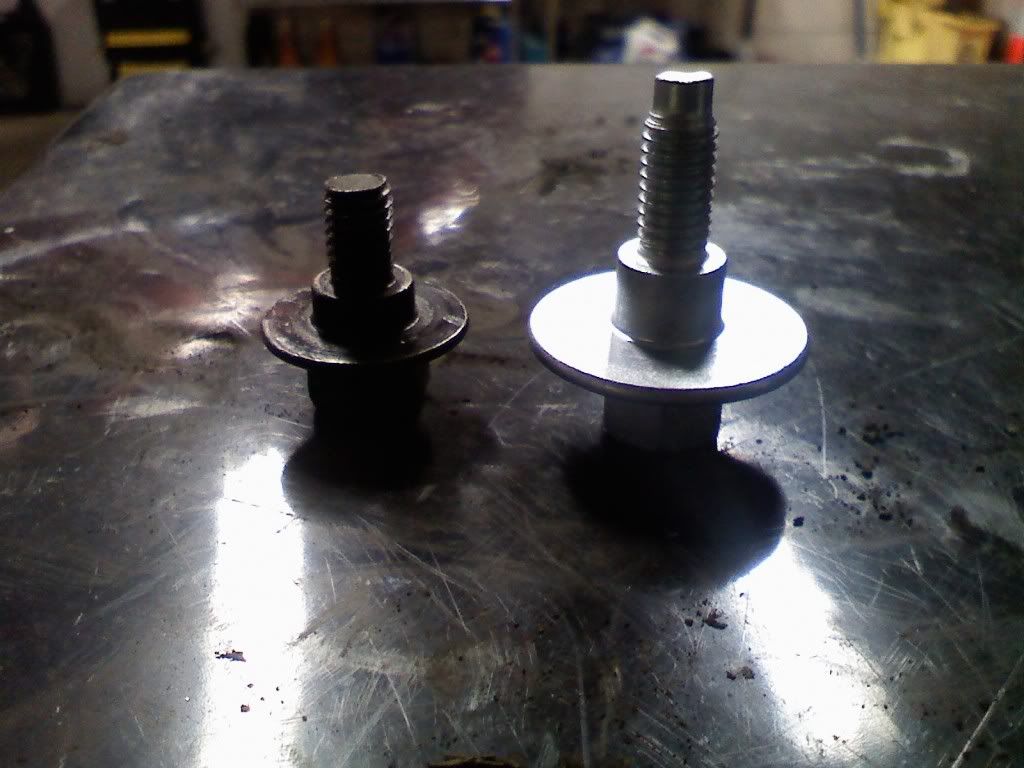
10-15-10 edit: the pictures up top highlight a hole that needed to be cut to clear the K20 oil pan. i made a cover out of scrap carbon fiber to clear the oil pan and cover the oil pan.
